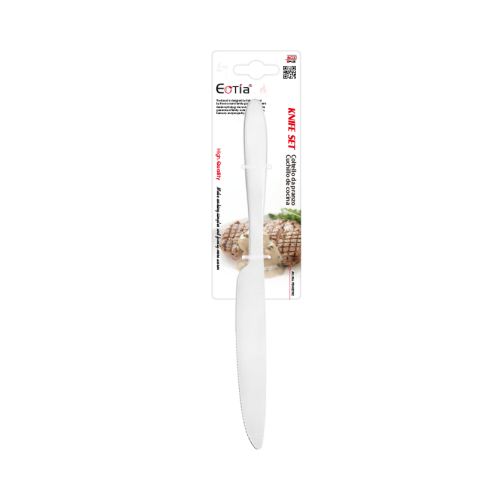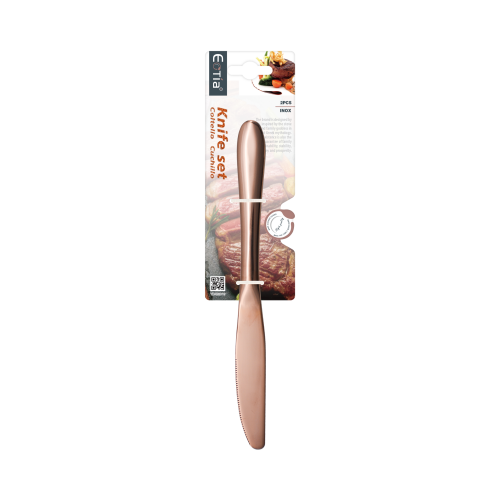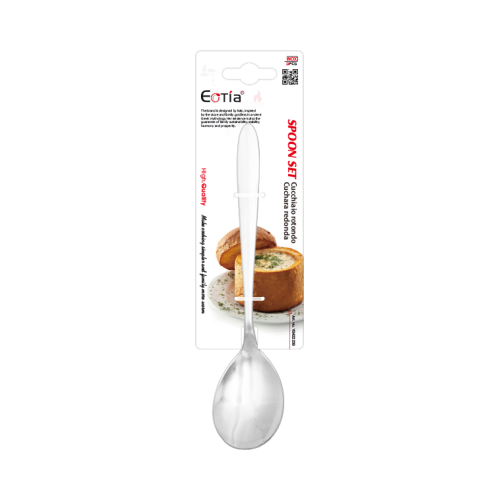The global trade landscape has become increasingly challenging for kitchenware businesses due to rising tariffs. Higher import/export duties squeeze profit margins, disrupt supply chains, and force companies to rethink their strategies. However, with the right approach, kitchenware brands can not only survive but thrive despite these obstacles. Here’s how:

1. Diversify Your Supply Chain
Relying on a single country for manufacturing can be risky when tariffs spike. Consider:
– Sourcing from multiple countries(e.g., Vietnam, India, or Mexico) to reduce dependency on high-tariff regions.
– Local or near-shore production to avoid import duties altogether.
– Building stronger supplier relationships to negotiate better terms.
2. Optimize Pricing & Cost Structures
Higher tariffs mean higher costs, but passing all increases to consumers may hurt sales. Instead:
– Absorb partial costs while improving operational efficiency.
– Bundle products to increase average order value.
– Offer premium versions with better margins to offset tariff impacts.
3. Leverage E-Commerce & Direct-to-Consumer (DTC) Sales
By passing traditional retail markups can help mitigate tariff pressures.
– Expand online sales through Amazon, Shopify, or regional marketplaces.
– Strengthen your brand’s DTC channel to retain more profits.
– Use digital marketing (SEO, social media ads) to attract cost-conscious buyers.
4. Explore Tariff Exemptions & Trade Agreements
Some products may qualify for exemptions or lower duties under:
– Check if your goods qualify for preferential rates.
– Governments sometimes offer exemptions for essential goods.
– Manufacturing or storing goods in FTZs can defer or reduce tariffs.
5. Innovate & Differentiate Your Products
Commodity kitchenware faces the toughest tariff pressures. Stand out by:
– Adding smart features(e.g., IoT-enabled cookware).
– Focusing on sustainability(eco-friendly materials attract premium buyers).
– Customization & personalization to justify higher prices.
6. Stockpile Strategically (If Possible)
If tariffs are expected to rise further, consider:
Pre-stocking high-demand items before new duties take effect.
Negotiating bulk discounts with suppliers to offset future cost hikes.
High tariffs are a hurdle, but not a dead end. By diversifying supply chains, optimizing costs, embracing DTC sales, and innovating, kitchenware businesses can adapt and even find new growth opportunities. The key is agility—staying informed on trade policies and being ready to pivot when necessary.



